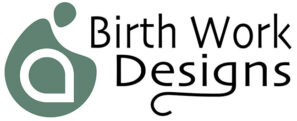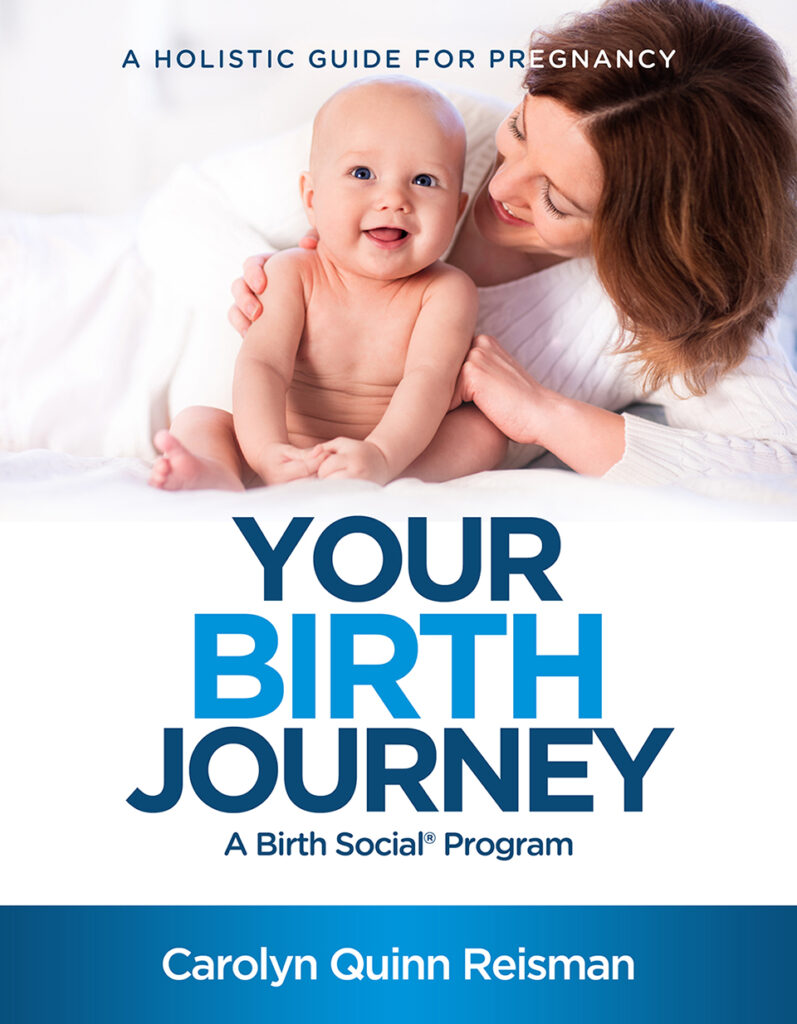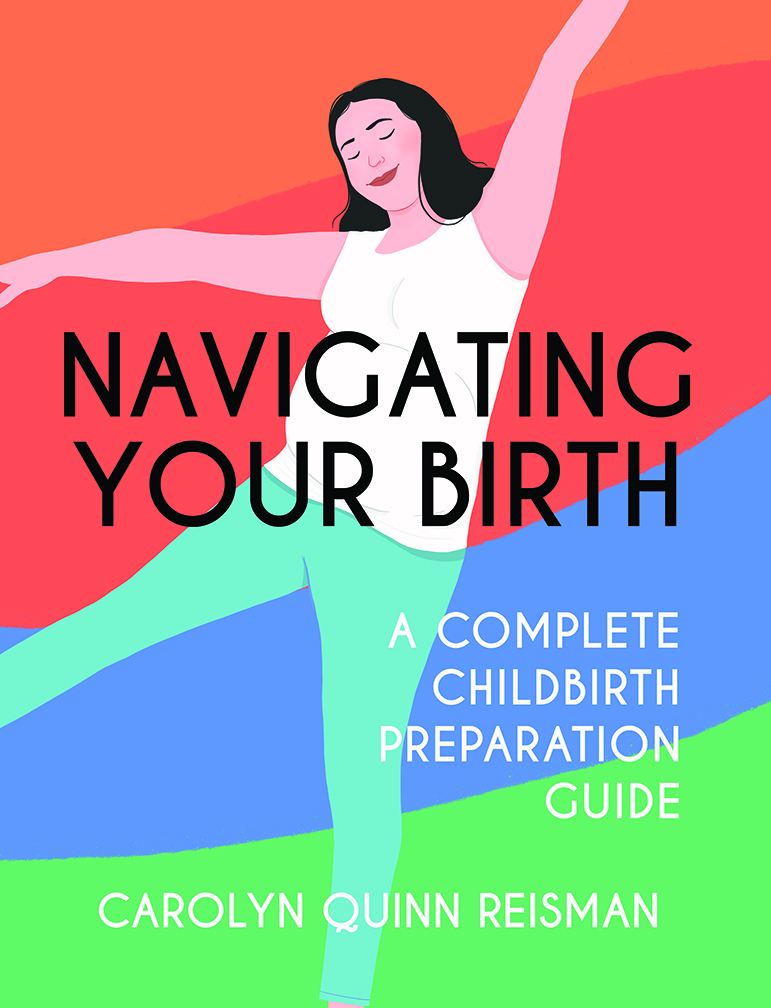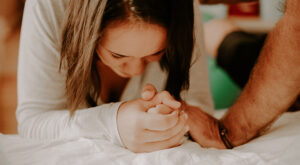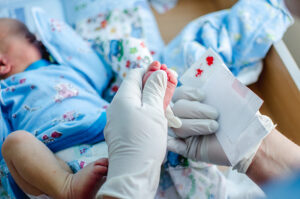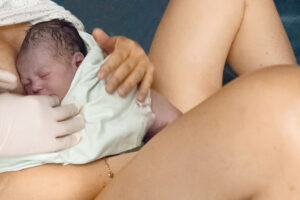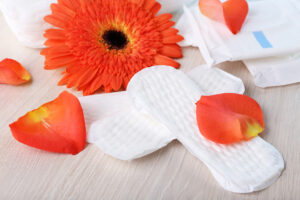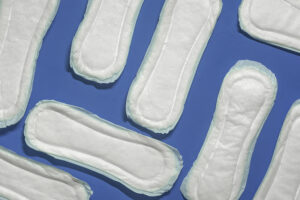The yellow tinge that colors some babies’ skin and eyeballs is called jaundice, occurring in about 60 percent of all babies. In the vast majority of cases, jaundice is a normal physiological response of a baby adjusting to life, seldom requiring treatment. Rarely, jaundice can be life-threatening.
As parents, you need to be aware of the different types of jaundice.
1. Normal Physiological Jaundice
Normal physiological jaundice occurs because babies are born with more red blood cells than they need, which breaks down into bilirubin. The bilirubin then travels through the bloodstream to the liver. If your baby’s liver can’t dispose of bilirubin quickly, the excess yellow pigment is deposited in the newborn’s eyeballs and skin.
Physiologic jaundice usually appears around days 2-5 and last about 10-12 days. The yellow tint begins in the head and progresses downward. How far jaundice progresses is an indicator of how high the bilirubin levels in the blood are.
One way to tell if your baby is yellow is by doing a blanch test. The test is performed by applying pressure with the thumb over a bony area for several seconds. If jaundice is present, the blanched area will look yellow before the color returns. Always check for jaundice in the daylight next to a window, because artificial lighting can distort colors. On dark-skinned babies, the inner cheek or lip, whites of the eye, tongue, gums, palms, and soles of the feet are checked.
If You Are Seeing a Midwife
If you have a home or birth center birth, the midwife will visit you after your baby is born and follow-up with any concerns. In addition to checking your baby’s weight and feeding patterns, she will also check for visual signs of jaundice.
Visual signs are often enough to determine if your baby needs further screening. Some midwives may use an icterometer, a ruler with varying shades of yellow that correlate with estimated bilirubin levels. Other midwives may have access to a bilimeter. This is a non-invasive device that releases a flash of light through the baby’s skin to measure bilirubin levels.
If the levels are high with any method the midwife uses, further evaluation from a physician is indicated. A bilirubin blood test will give you a more accurate result than a visual assessment.
If You are Taking Your Baby to a Pediatrician
Any yellow on your baby’s skin needs to be brought to the attention of the baby’s doctor.
Is There Anything I Can Do?
Nurse, nurse, nurse. Your breast milk helps move the bilirubin (which causes the yellowness) out of the body – through your baby’s stools. The more you nurse, the more your baby will poop. Any delay in nursing or decreased feeding may result in mild dehydration and a slower passage of poo.
A good way to tell if your baby is efficiently passing poo is by checking the color of the stools:
- Day 1-2: The stools will be black (meconium)
- Days 3-4: The stools will be greenish (transitional)
- Day 5: The stools will be yellow (normal)
If the stools are still black on days 3-4, it may be a sign your baby is not getting enough. Call your provider right away.
Expose your baby to sunlight. Evidence shows that filtered light through a window offers good light transmission to treat or prevent normal physiological jaundice.
2. Breastmilk Jaundice
When jaundice continues after 12-14 days, and your baby is looking more yellow than normal, your baby may have breastmilk jaundice. There is really no known cause, but it may be linked to substances found in some mother’s milk that inhibits the breakdown of bilirubin. This will need to be brought to the attention of the baby’s doctor.
3. Pathological Jaundice
This type of rare jaundice occurs within 24 hours after birth and is serious. Likely causes include blood or Rh incompatibility, lack of a certain protein, or liver disease. Seek medical attention immediately.
American Family Physician, Hyperbilirubinemia in the Term Newborn. February 2002.
MedScape, Breast Milk Jaundice. December 2017.
Pediatrics. A Novel Icterometer for Hyperbilirubinemia Screening in Low-Resource Settings. May 2019.
